By Graham Robson
Before 1953, the most popular British sports cars sold in the States were MG’s classic TD, and Jaguar’s sensational XK120. Nothing else came close. Then suddenly the Austin-Healey 100 and the Triumph TR2 arrived to change all that.
But Triumph? Who had ever heard of them, and what was a TR2? All the history books tell us that Standard-Triumph’s CEO, Sir John Black, had the original idea, but it was the younger element—designer Harry Webster, development engineer Ken Richardson, and Black’s deputy Alick Dick—who made it a reality. The first TR2s were completed in mid-1953, the first 200 of them were exported before the end of the year. But from January 1954 Alick Dick was in charge, production of TR2s rocketed, and Triumph’s reputation was transformed.
The miracle is that the TR2 took root when it did, for Standard’s management was in turmoil at the time. Sir John Black’s egotistical management-by-whim finally peaked at Christmas 1953, when, for no discernible reason, he actually proposed to sack his technical director, Ted Grinham. This inspired a boardroom coup and every other director demanded Black’s resignation. Alick Dick was leader of that group, and immediately became Standard’s managing director. For the next eight years, as Triumph’s worldwide reputation boomed, Alick Dick was at its head.
Alick Dick had the personality that today’s marketing men would have liked to bottle, then sell at a high price. He seemed to rise smoothly through Standard’s heirachy without effort, without making mistakes, and at an astonishing pace. Managing director of Standard at the absurdly tender age of 37, he seemed to be a full generation younger than his British contemporaries.
It helped, of course, to have friends in high places. When the young Dick was looking for his first job, it was John Black who invited him to become an apprentice at Standard. Right from the start, there was little doubt that Dick would have succeeded in any business. Promoted to become the Head Buyer at Standard’s enormous Banner Lane aero-engine factory in 1940, he then became Sir John Black’s personal assistant in 1945, jumping onto the “fast track” two years later when Sir John appointed him to the Board of directors. By becoming Sir John’s deputy in 1951, Dick was ideally placed when the management upheaval followed three years later. Once installed, the company’s style changed completely. Sir John never gave a reason for his decisions, whereas Dick argued everything out first. Where Black was the demagogue, Dick was always the democrat.
It was Alick Dick who steered the marque to dominance. Black’s reasons for ‘inventing’ the TR2 were to hit back at Morgan (he had tried to take over that company, and been rebuffed) and at MG (he was jealous of its success in the USA). But Dick’s task wasn’t easy, for in 1954 the Triumph marque still had an image problem. All the late-1940s ‘Standard’ Triumphs had been based on Standard chassis—and nothing could have been more mundane than that.
Before the TR2 there had been the Roadster (lumpy, backward looking, and probably the last car in the world to have a rumble seat as standard), while the visually similar Renown and Mayflower saloons were sharp-edged, both being Olde-Worlde in style. Then came the TR2, which had about as much sporting pedigree as the original Corvette. Yet it was fast, economical and always remarkably cheap. It looked good, it always outsold the Austin-Healey 100, and was a better all-round bargain than the MG TF or later the MGA.
To remind you, when the very first TR2s arrived in the USA, they were priced at $2,499, which compared with $3,513 for an early Corvette (before the options were fitted). All this with a 105mph top speed, and 26 mpg fuel mileage.
As soon as Dick moved into John Black’s ornate office at Canley, Standard’s modernisation began. Concluding that the company was really too small to face the future on its own, he was always ready to discuss mergers, but only on his terms. Later he would talk with several other car makers—Rover, then Chrysler, then the Rootes Group, then Rover again—and he would also fight off an unwanted approach from Massey-Harris-Ferguson.
Along the way, he listened closely to what his aides recommended and, most importantly, when Harry Webster recommended that a little-known Italian stylist, Giovanni Michelotti, be hired, he also approved of that. The significance was immense.
Alick Dick, incidentally, loved motorsport as a marketing tool. The TR2’s career was launched with high-speed runs on a Belgian highway in 1953, the works rally team was founded a year later, and Triumph sent a team of cars, named TRS, to the Le Mans 24 Hour Race in 1955.

Commissioned for the 1960 LeMans race, the advanced 20X “Sabrina” double overhead cam engine was capable of 150 bhp in racing trim—an impressive figure for a 2 litre engine of that era.
Dick also commissioned a new twin-cam race engine from his engineers, and sent a team of glass-fibre bodied prototypes to Le Mans on three occasions. It was a costly programme which eventually paid off, for the TRS won the much-coveted Team Prize in 1961.
By the end of the 1950s Britain’s motor industry had expanded so fast—for sales to countries like the USA had pushed ahead quite remarkably—which is why Dick became convinced that Standard-Triumph could survive on its own. Even so, with the new Herald range on the horizon, Standard needed more cash, more facilities, more space, and more security. One reason was that Dick had recently approached Len Lord of BMC to renew a body supply contract from Fisher & Ludlow (which was, by then, a BMC subsidiary) and been rudely rebuffed.
At this time Standard was still heavily dependent on suppliers for body shells, so Dick had to evolve an ambitious new strategy. This was to buy up his suppliers and merge them into the basic business. Between 1956 and 1959 there was a rush of acquisitions: Beans Industries of Tipton (castings), a factory at Radford, Coventry (transmissions), Mulliners and Hall Engineering (both body suppliers), the old Fisher & Ludlow factory at Tile Hill (which had made Standard Eight and Ten monocoques), and Alforder Newton of Hemel Hempstead (suspension and steering assemblies).
By this time Dick must have felt that nothing could go wrong with his empire. More than 20,000 TR3s were being sold in the USA every year, and several more complete knock down assembly plants were opening up all around the world. Only 48,835 cars had been built in 1957, but this figure would be doubled within three years.

The TRS race cars built to compete at Le Mans didn’t achieve great success during their first attempt at Le Mans in 1960. It was the following year that they would shine, finishing 9th, 11th and 15th overall—and winning Triumph the prestigious Manufacturer’s Team Prize.
Then came two major miscalculations. One was to develop a new-generation medium-sized car coded the “Zebu,” ultimately to be cancelled before launch. The other being to build a colossal new assembly hall in Coventry. Due for completion in 1960, this building could process 3,000 cars every week, and would cost £2.5 million ($7 million). Even so, it was anticipated to be in full swing from day one, for his planners were overconfidently looking ahead to building more than 220,000 cars by the early 1960s.
Until mid-1960, therefore, Alick Dick was at the peak of his reputation, with Triumph’s marketing image blossoming all around the world, with the Herald taking off to a friendly reception, and with the financial sector pleased with what they saw. With new derivatives of the Herald on the way—including the Spitfire sports car, and the six-cylinder Vitesse—along with a new TR sports car (the TR4, with Michelotti body style), the future looked to be very bright.
Yet that was the point at which the British government suddenly applied a credit squeeze, pushing up borrowing costs, depressing demand for everything from cars to TV sets, and sent Standard’s finances reeling. Almost at a stroke the bottom line turned red: the company which had made pre-profits of £2.2 million ($6.2 million) in 1959, and £1.8 million ($5.1 million) in 1960, suddenly started losing £600,000 ($1.7 million) every month.
Even with Herald production trimmed to three days a week, the losses continued, and bankers started pressing for new funds. Dick was in despair and could see his beloved company rapidly going to the wall. Then, suddenly, the mighty Leyland Motors, a dour but impressively profitable truck manufacturer, made a takeover bid, and Standard was saved.
Alick Dick, on the other hand, was not. Except for Leyland’s Donald Stokes, there didn’t seem to be an ounce of flair in the Leyland management, who promised to run a slimmed-down business like a Presbyterian ministry. Although he did a good selling on behalf of his shareholders, and stayed on as CEO for a time after the takeover, it was clear that Dick and Leyland were not going to get on.
Dick, Leyland decided, was too informal, and not at all organized. Worse—and this was the ultimate sin—was that he did not seem to have full control over the finances. Three months after the takeover Dick and six of his Board colleagues were fired, 800 other staff were axed, and production was cut once again. Healthy profits would not follow until 1962.
Dick, to his credit, had seen this coming, and within hours of that fateful day had already left the company. He never complained, sued, or talked about his dismissal, which was by no means justified. Nor did he ever set up in opposition—though in later years he established a much-respected buying consultancy, to bring together British components manufacturers and overseas car makers.
Nowadays there is no trace of Alick Dick’s period at Standard-Triumph, for the entire Coventry complex was bulldozed in 1996 and 1997, to make way for a soulless ‘Business Park’. Was Standard (and Triumph) as noteworthy a company after he had gone, as when he was there?
I doubt it. MM

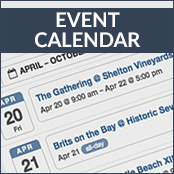


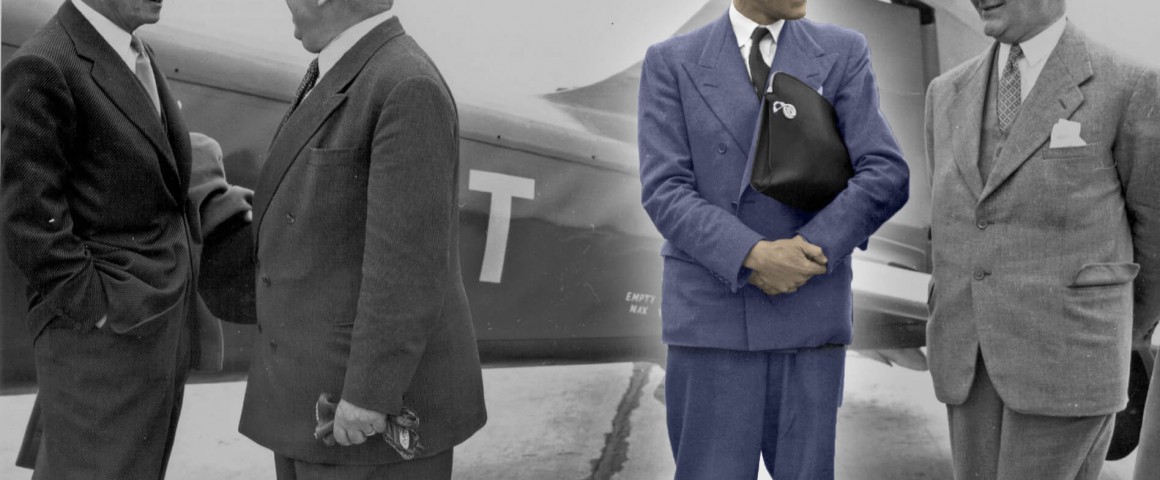
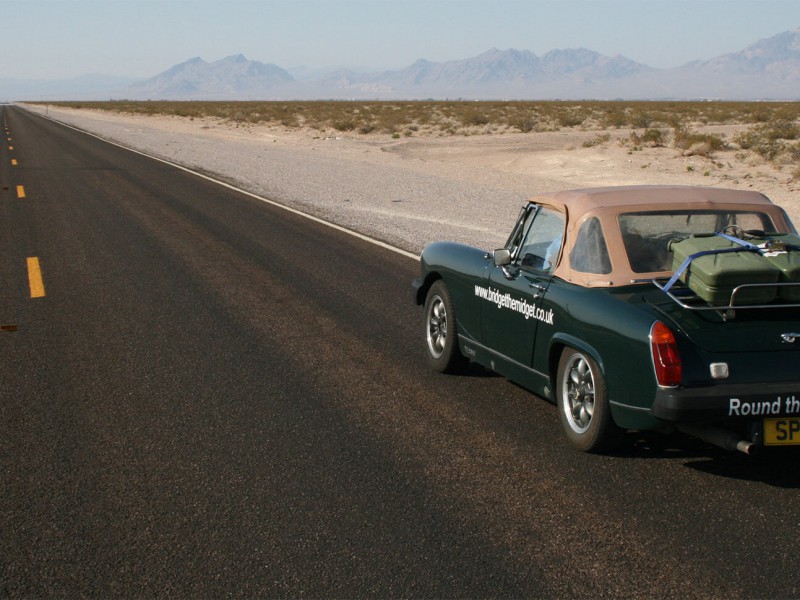
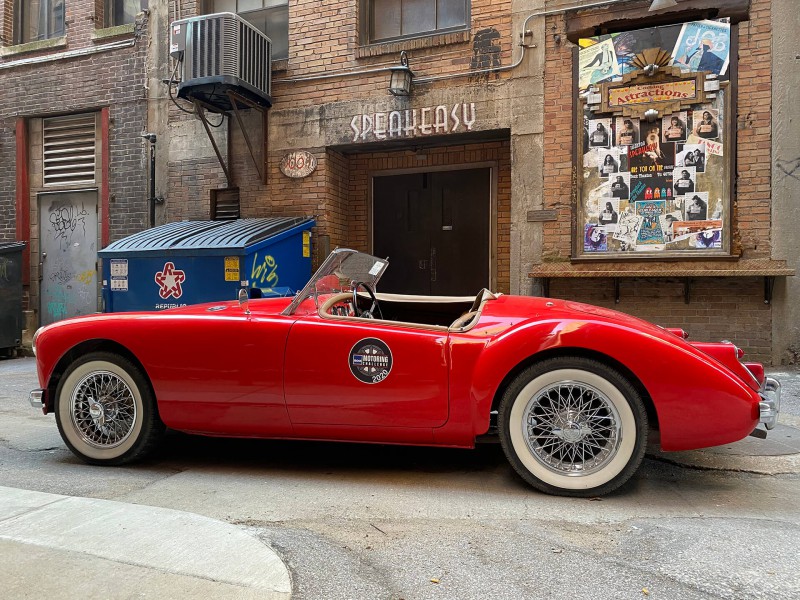
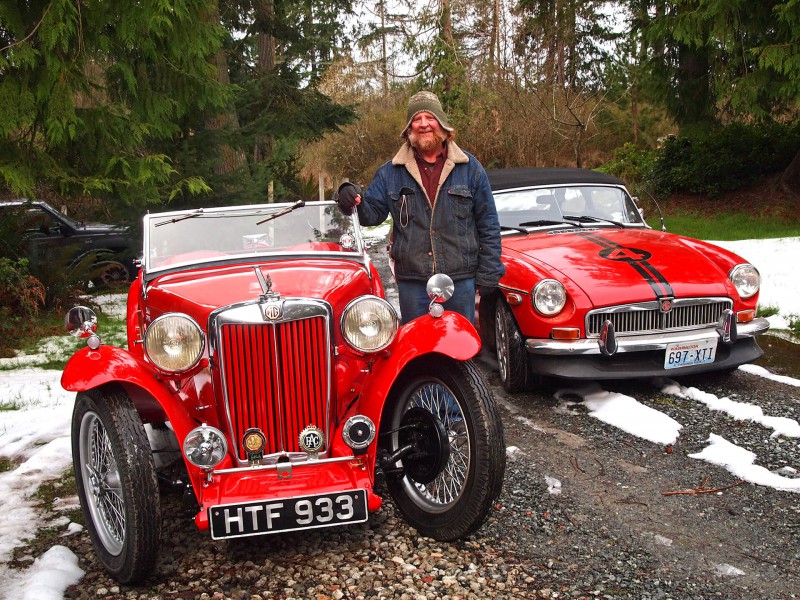
'Alick Dick: Triumph’s Managing Director, 1954–1961' have 2 comments
March 11, 2022 @ 9:55 am GeekySimian
Good article, From what’s there I think Dick’s spirit lived on. Even as part of Leyland Triumph remained special. The Stag, the Sprint and the 1850 were all drivers’ cars and had features that took years to become ‘standard’ on other cars, and things like being able to direct cold air on your face and warm on your feet still isn’t available on many. The 1850s and Sprints had load sensitive rear brakes, multi adjustable driver’s seat squab, adjustable steering column for height and reach, night dimming relays for the lights, electric overdrive, and the Sprint had a 16 valve engine. The BMW E30 series 3 owes a great deal of its styling to those cars too.
November 7, 2022 @ 9:46 am Frederick Allen
SHAME IT ALL HAPPENED SO QUICK & DOWN THE PAN DICK WAS MY OLD MAN’S MATE THEY PLAYED TENNIS TO TOGETHER @ HIGH HOUSE ON KENILWORTH Rd , with COOPER & BARNETT Happy DAYS EH !!!!